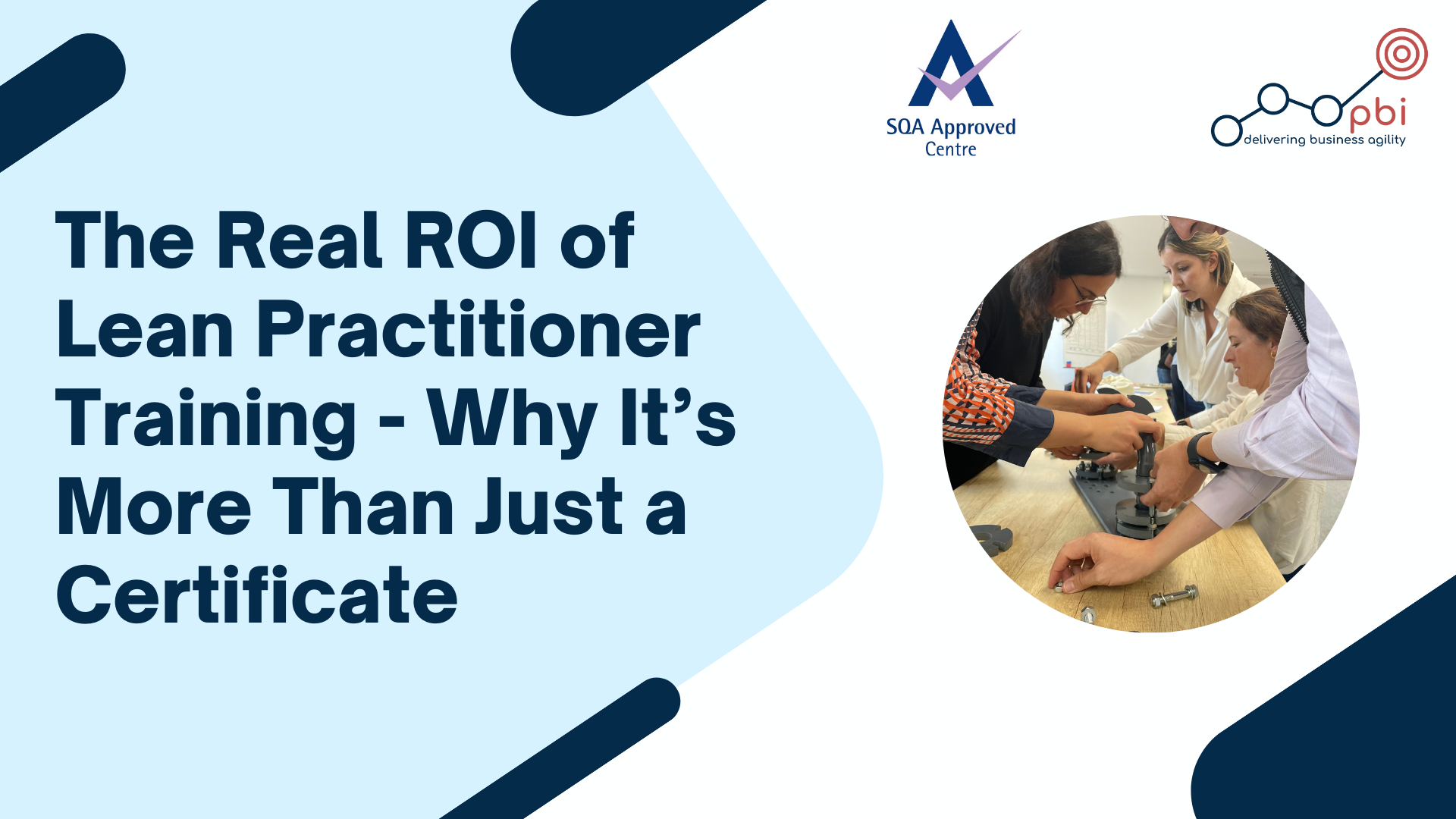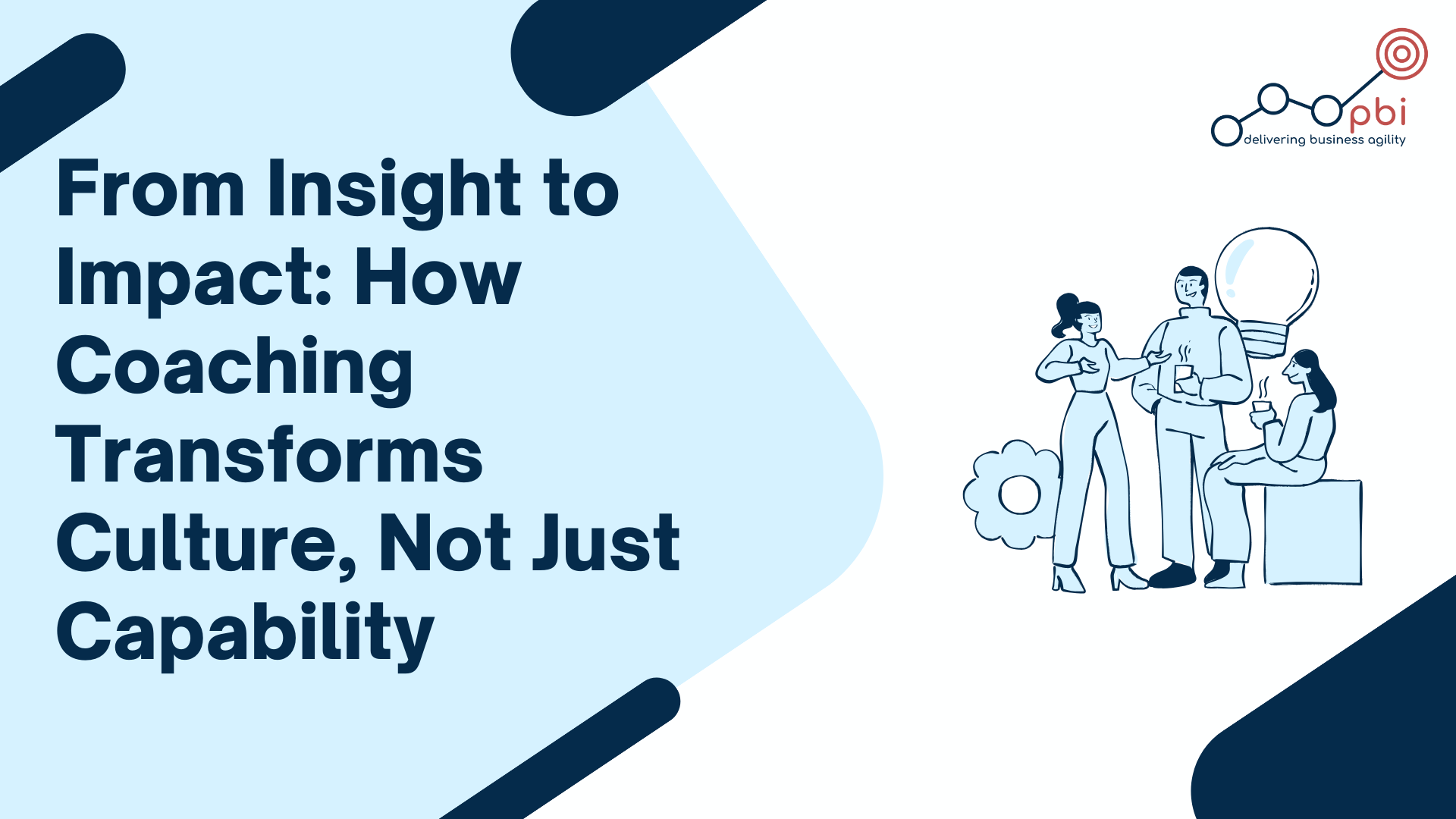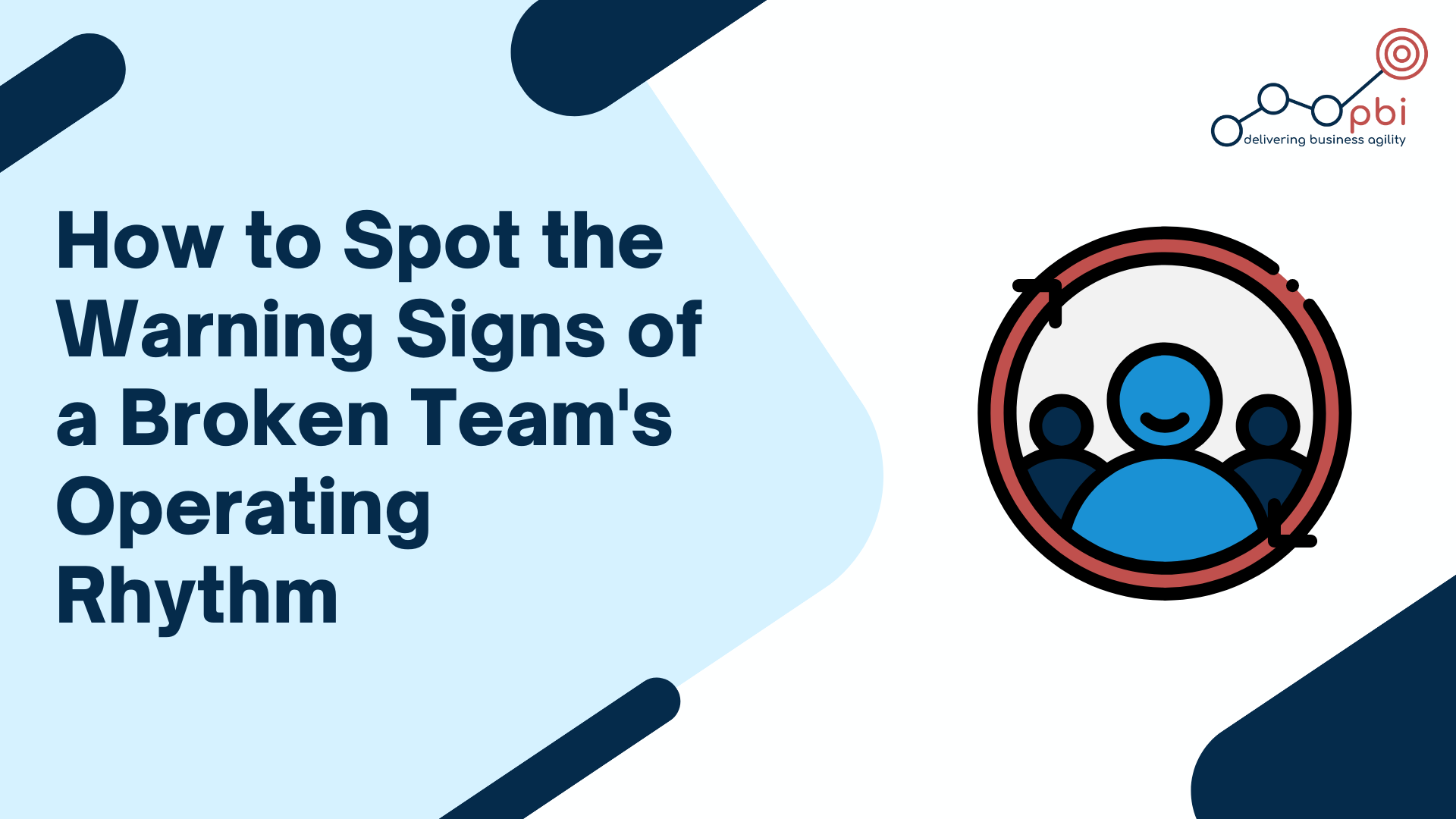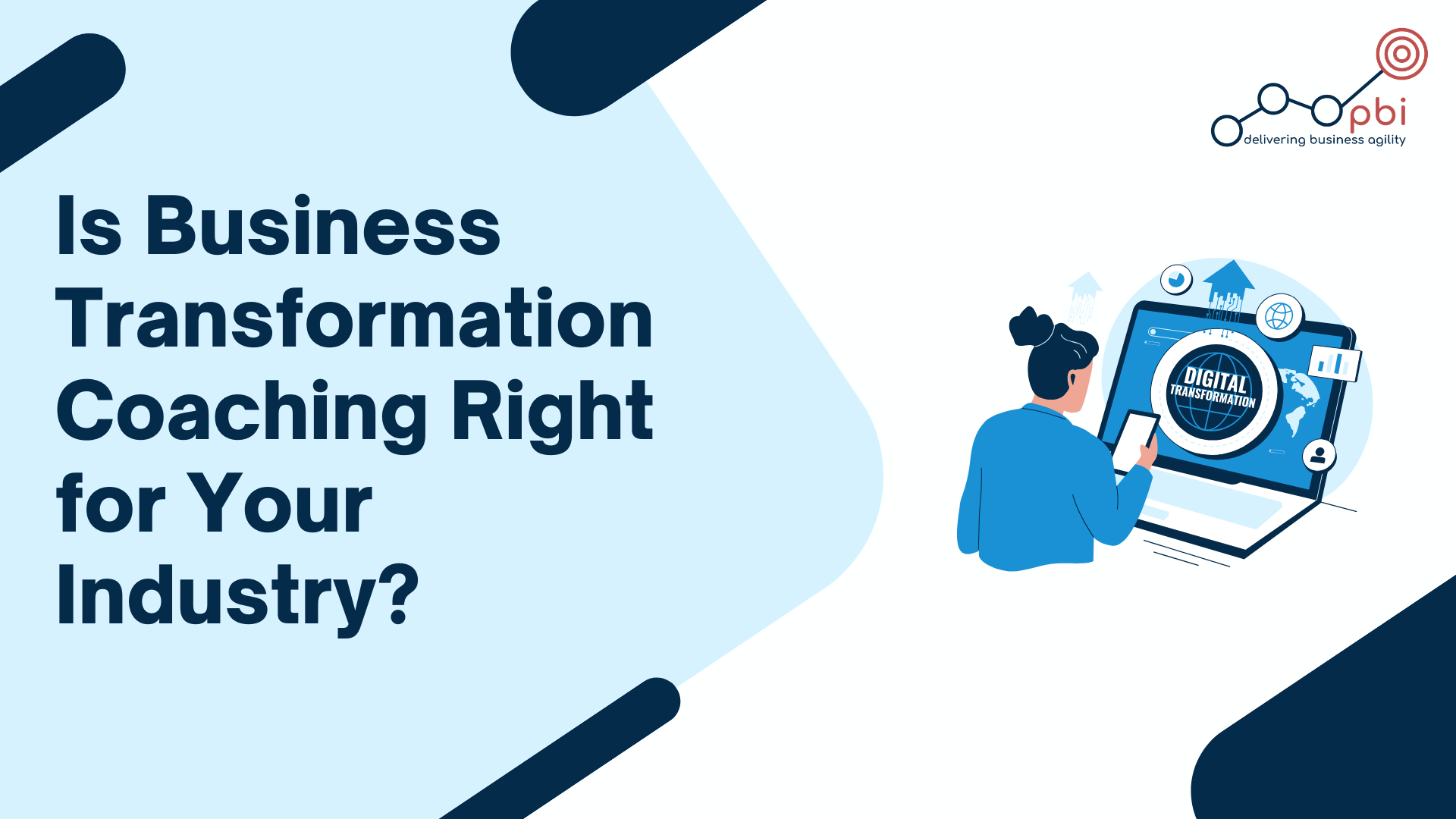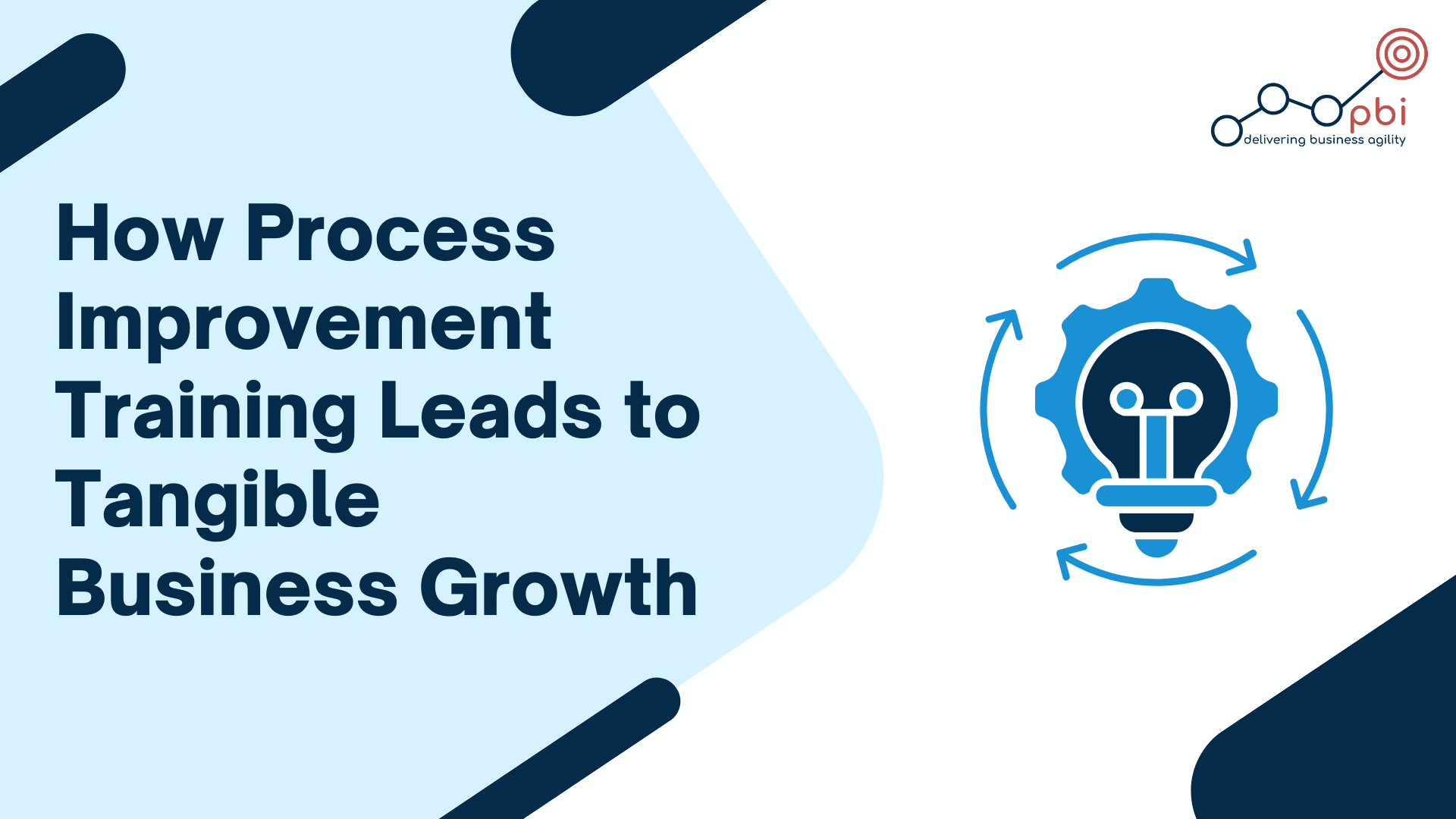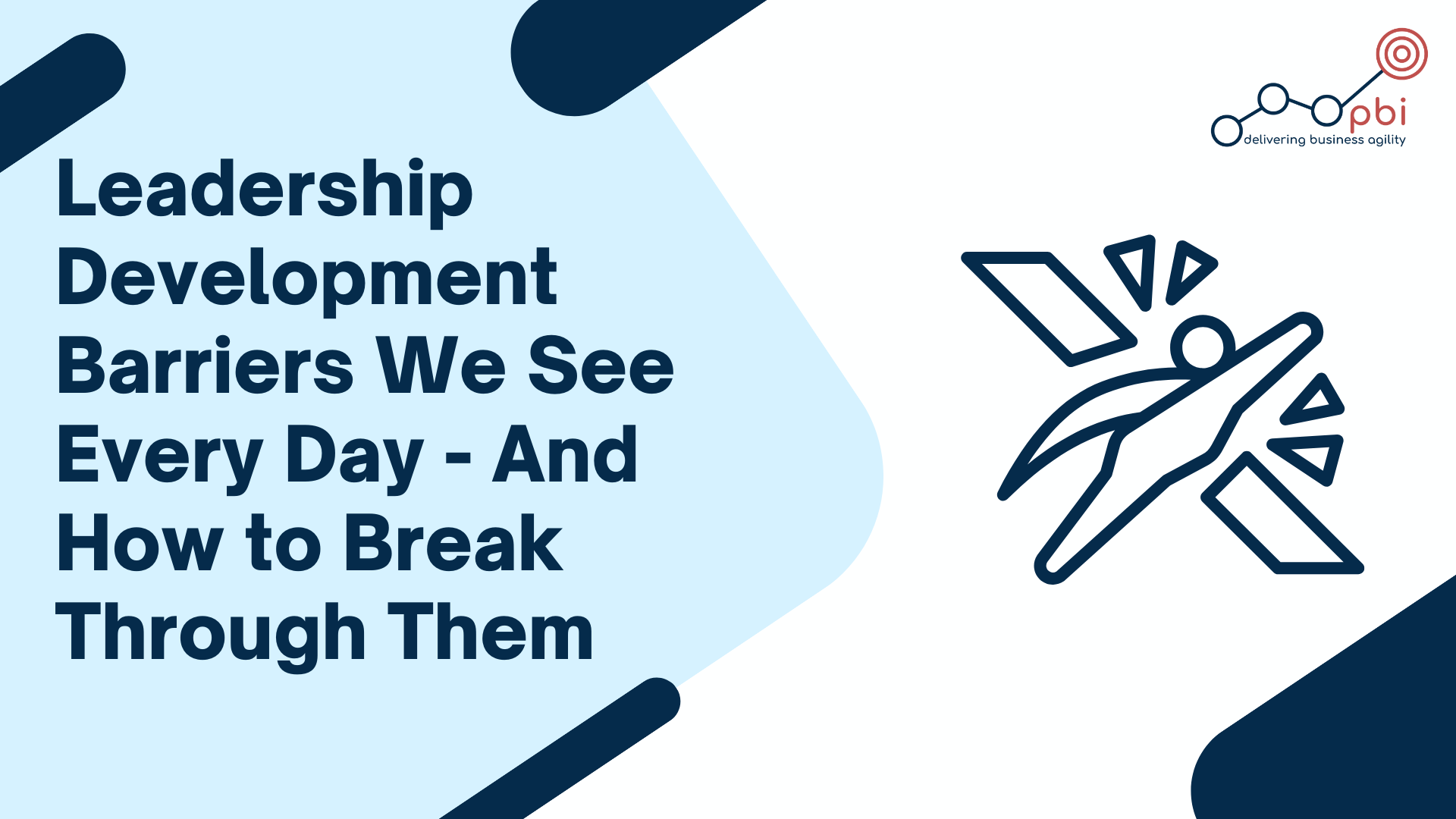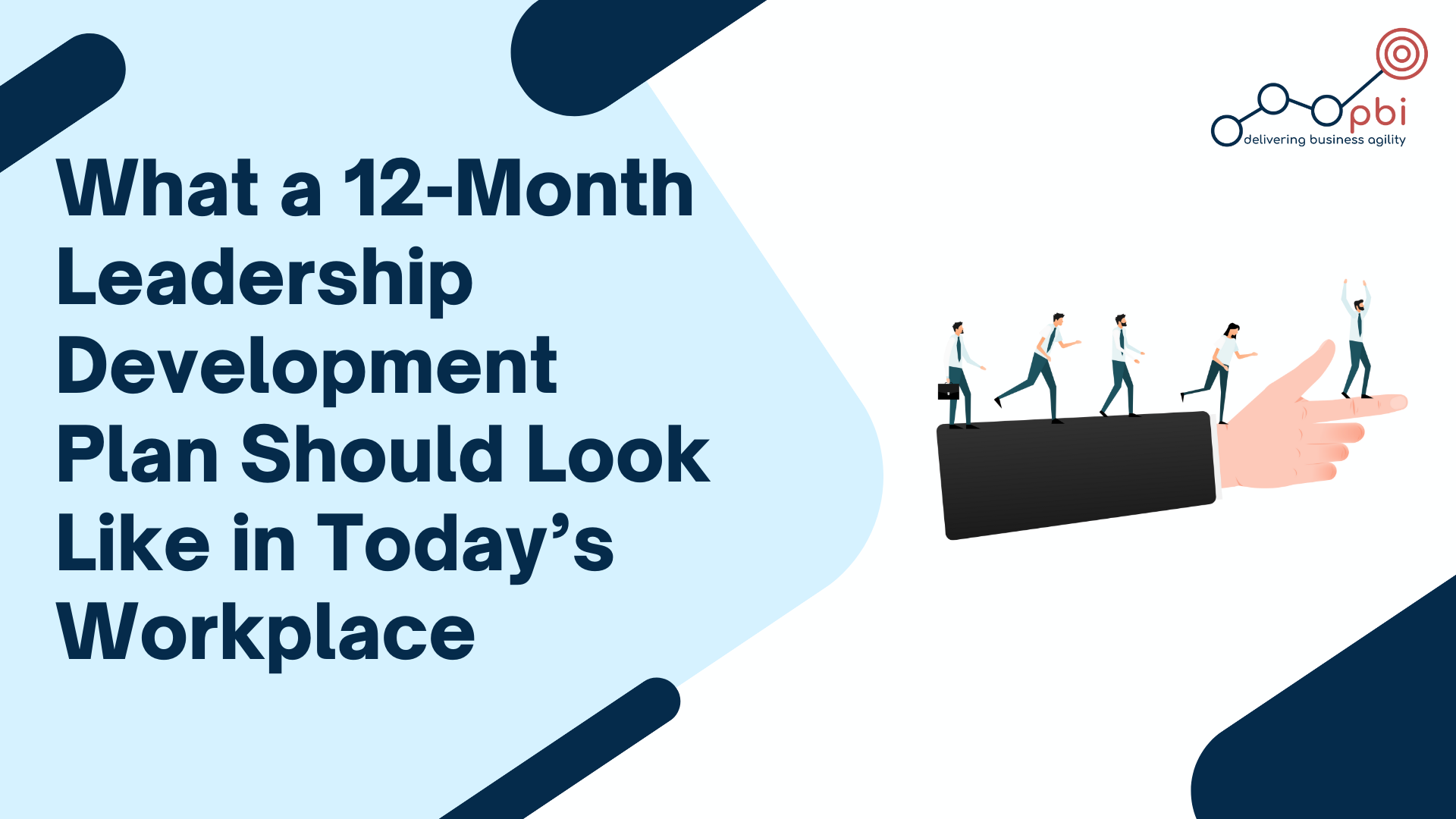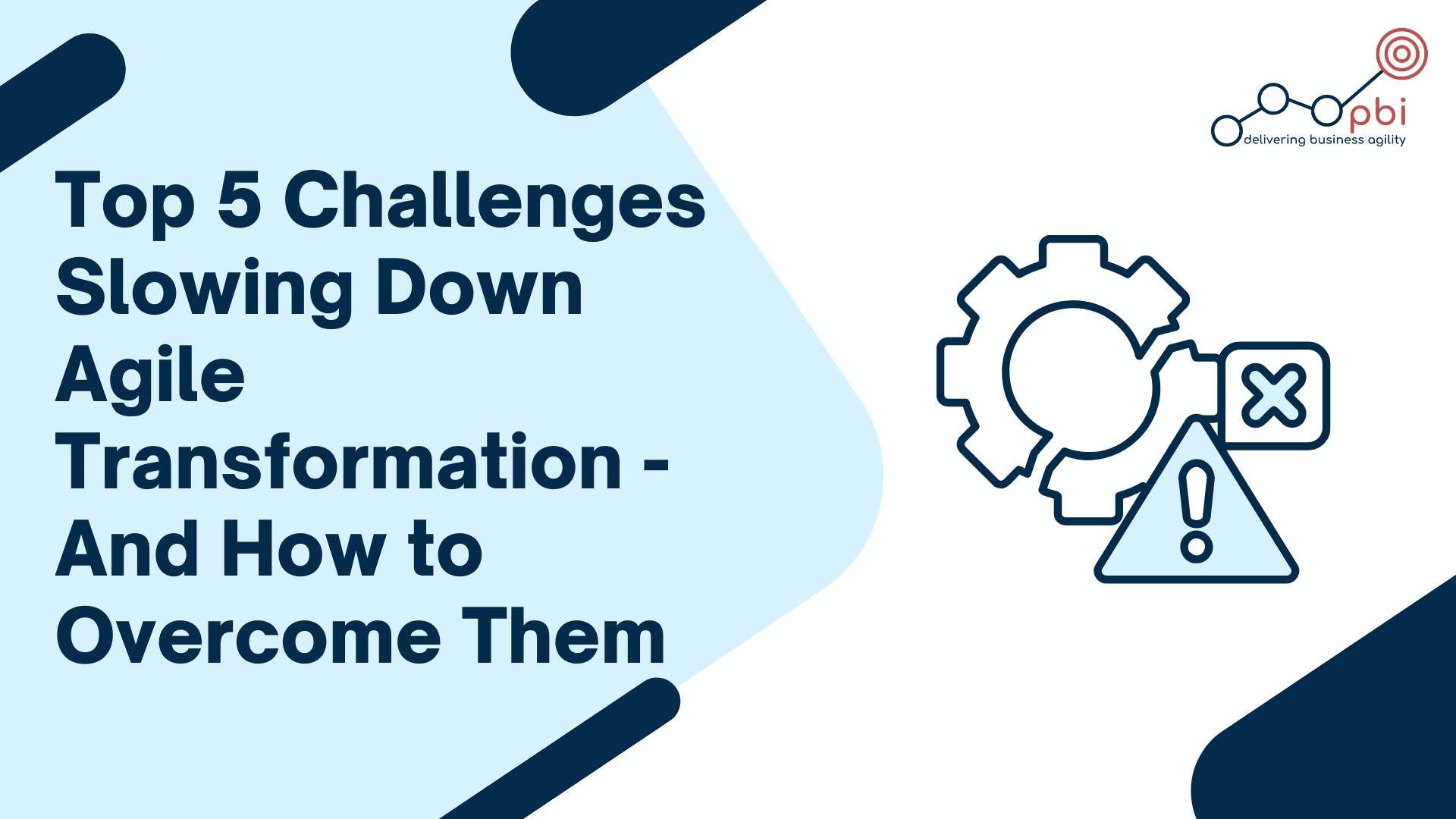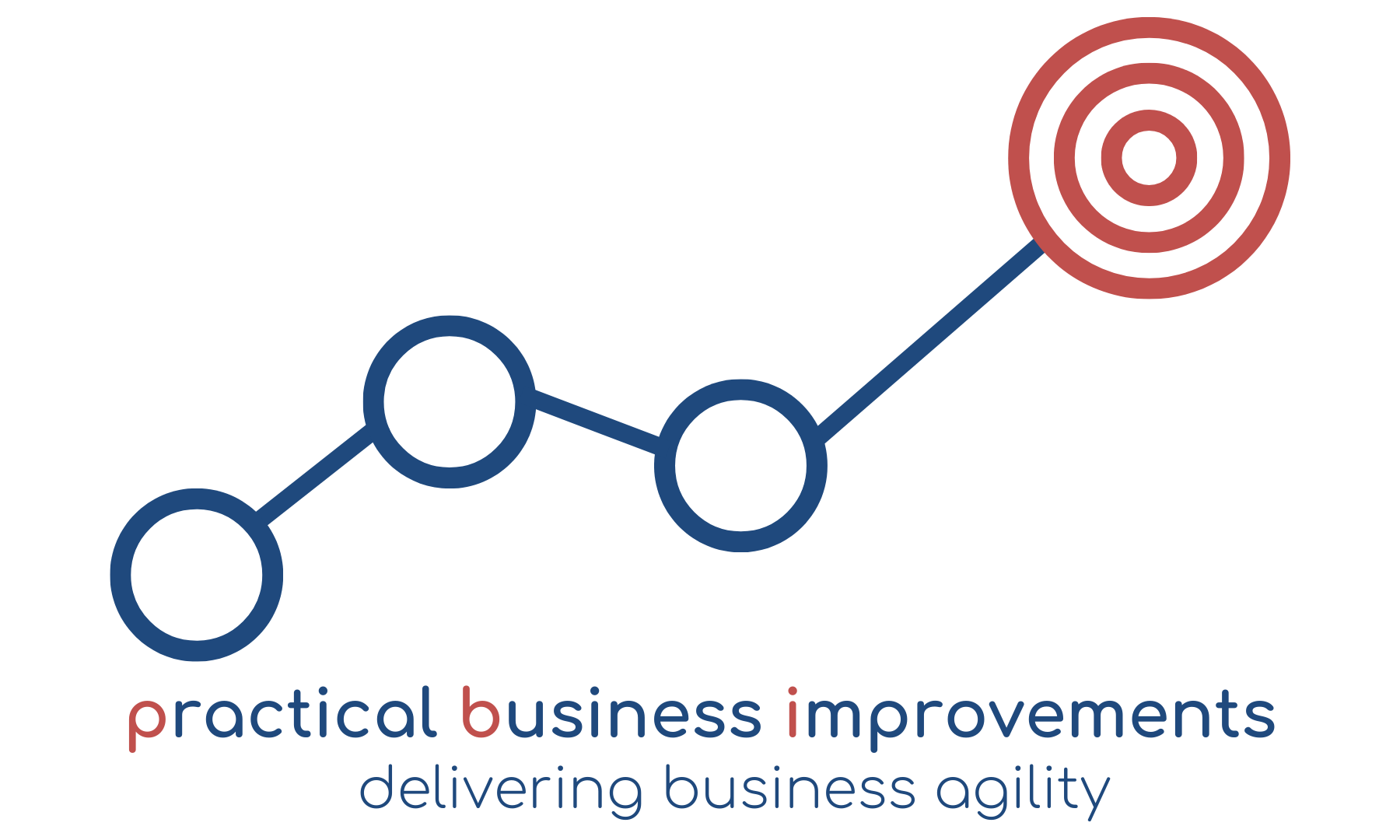How to Drive Safe, On-Time Offshore Campaigns
Imagine closing an offshore campaign ten days ahead of schedule with zero reportable injuries while reclaiming over 19,000+ hours of productive time. These headline results came from an asset modernisation programme where simple, repeatable frameworks made all the difference.
Offshore projects face unique challenges. Teams work in high-hazard environments, weather windows shrink, and shifting priorities can stall progress. When communication breaks down, even small issues escalate into costly delays, and safety can suffer when schedules are compressed. In this setting, leaders need more than good intentions, they need structures that ensure everyone knows what to do, sees emerging risks, and acts decisively.
One participant summed it up perfectly:
“It wasn’t rocket science, but it was the first time I saw every discipline in one room solving problems in real time.”

Daily huddles became our foundation. Each morning, teams met around a visual board to review safety metrics, progress and priorities. These 15-minute stand-ups surfaced issues early, kept everyone aligned and reinforced a safety-first mindset.
Campaign rooms served as our central command hubs. Engineers, logistics, HSE and leadership gathered to map tasks, track live progress and make on-the-spot decisions. This replaced endless emails, allowing rapid resource reallocation whenever a supply-chain glitch emerged.
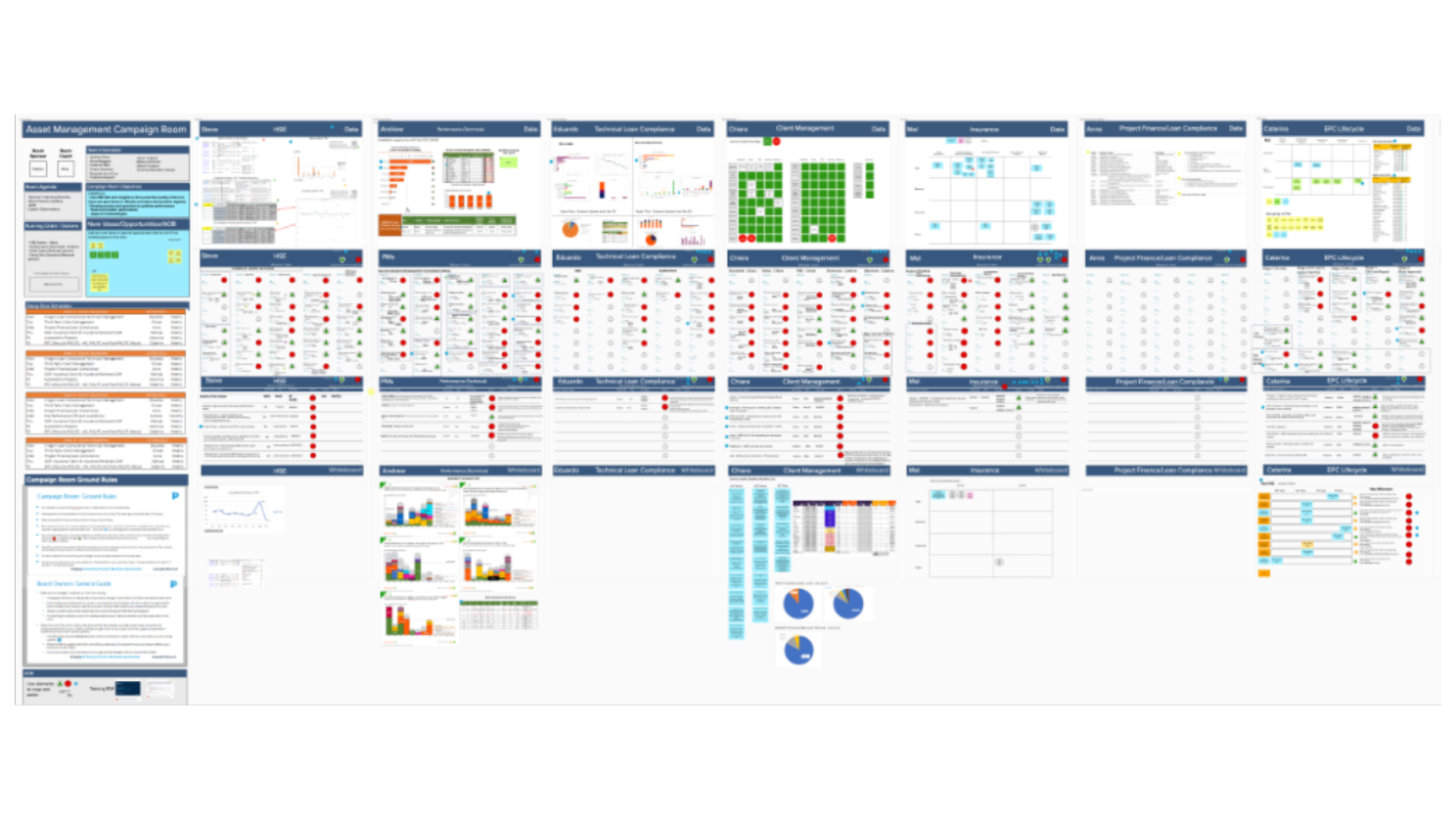
Kaizen events targeted hidden waste in critical processes like load-out planning and tooling changeovers. Small teams ran focused improvement sprints, cutting non-value work and giving participants hands-on facilitation experience.
Leadership sponsorship tied it all together. Executives joined huddles and campaign-room reviews to clear roadblocks and signal their commitment. Their visible support kept momentum high and turned a routine campaign into a true culture shift.
These are the exact tools we introduce in our SQA-accredited courses—the one-day Business Transformation programme (SCQF Level 9) and the three-day Lean Practitioner programme (SCQF Level 7). Participants learn how to facilitate daily huddles, set up campaign rooms and lead Kaizen events themselves. And because new practices take time to embed, PBI offers post-course coaching support to guide teams through their first real-world applications.
Key benefits delivered
- Ten days early campaign completion
- Zero reportable injuries throughout the project
- Over 19 000 hours reclaimed for core operations
- Live-risk mitigation via daily huddles and campaign-room decisions
- Rapid improvement sprints that eliminated non-value work
By combining structured routines with hands-on improvements and visible leadership engagement, offshore campaigns can shift from firefighting to proactive delivery. Leaders emerge with practical skills and a clear methodology for safer, faster and more reliable results, proving that lasting transformation is built one small, intentional step at a time.
